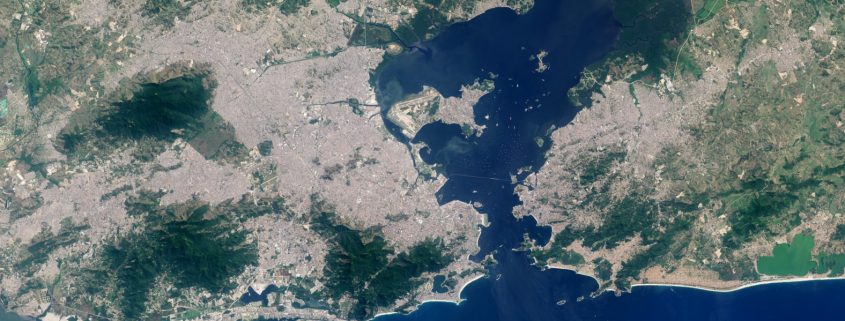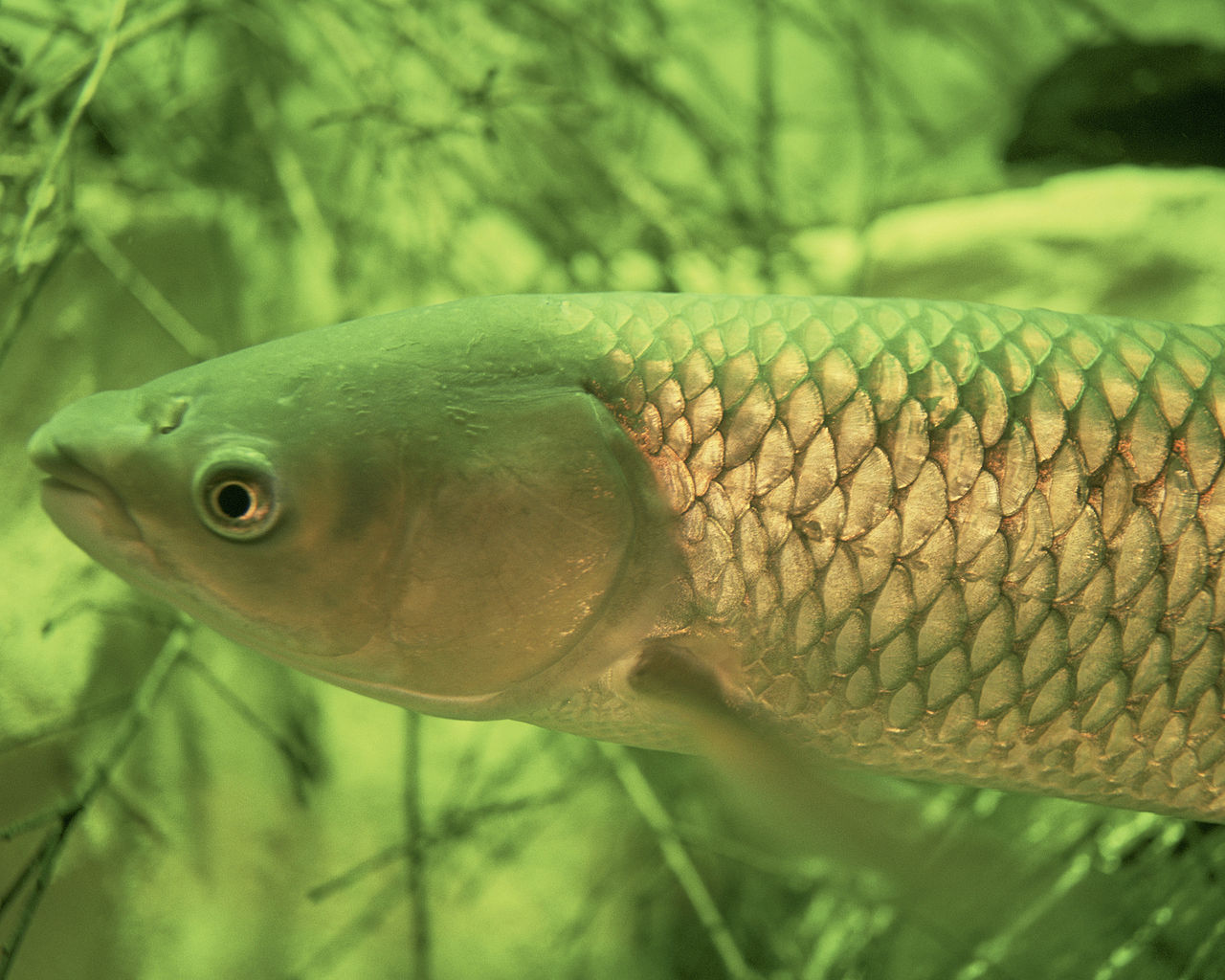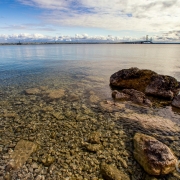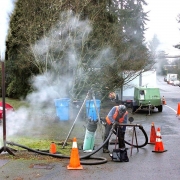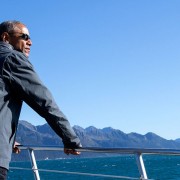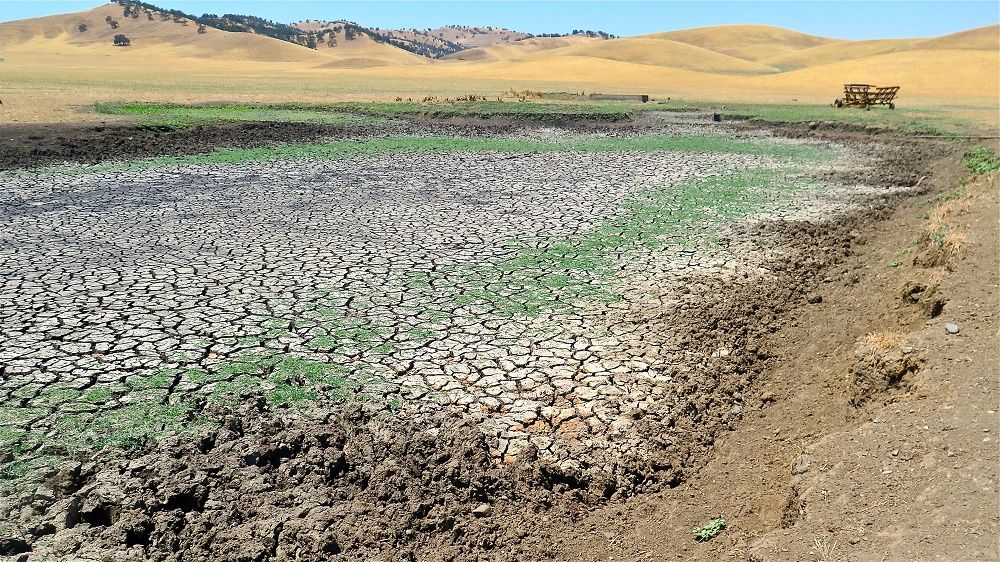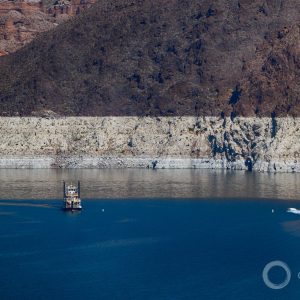The Stream: Special Rio Edition
The Rio Rundown
Super bacteria, green pools, and even a murder mystery splashed across a year’s worth of headlines about water conditions in Rio de Janeiro, host of the 2016 Summer Olympic Games. The public scrutiny of sewage-contaminated waterways in Brazil’s second largest city also highlighted issues of poverty, and sparked scientific debate about the best way to test urban water quality. While most athletes participating in open water events dismissed concerns about the pollution and health risks, others expressed hope that the attention will foster long-term improvements for Rio’s residents. And as the two-week international sporting event unfolded, Brazil also launched a new initiative to restore the Sao Francisco River and cancelled permits for a proposed 8,000-megawatt hydropower project in the Amazon.
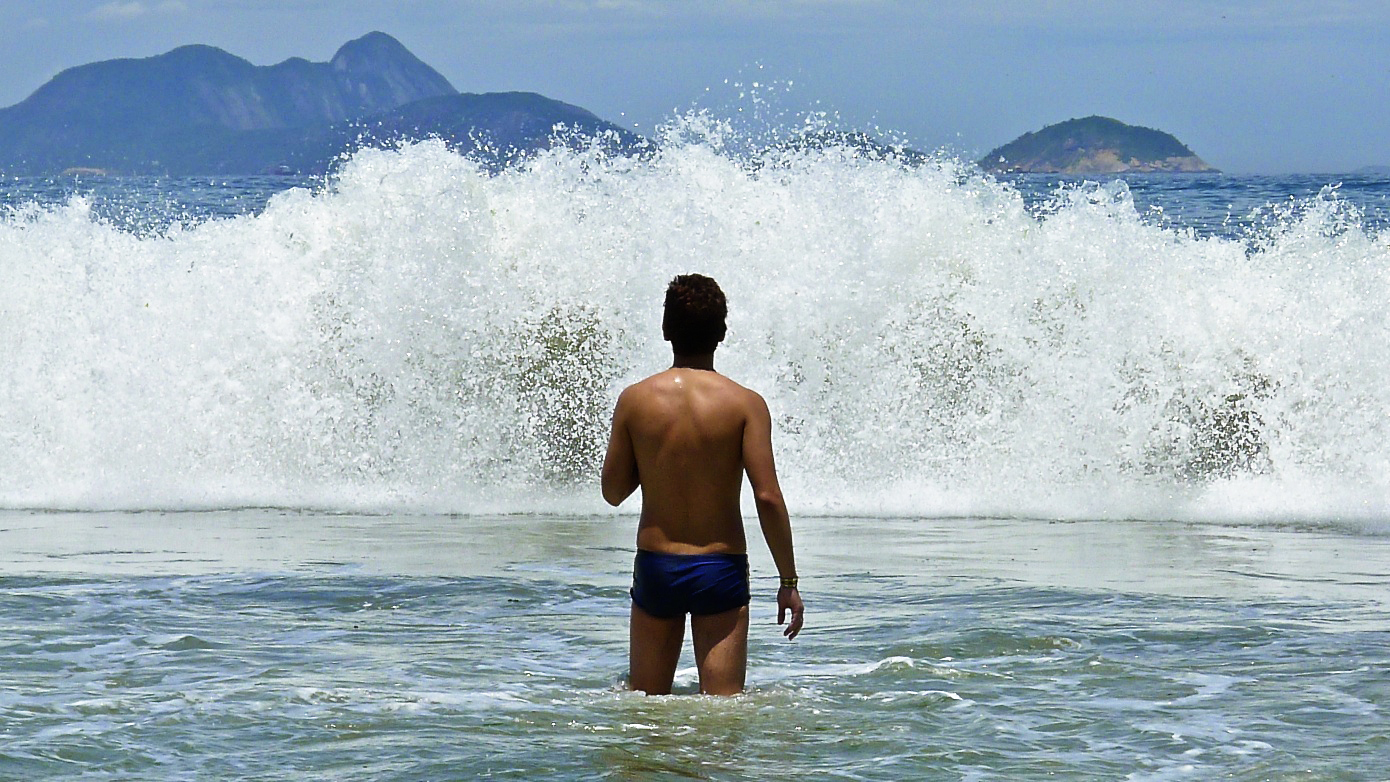
Studies of water samples taken in 2013 and 2014 discovered the presence of antibiotic-resistant “super bacteria” at a number of famous Rio beaches, including Copacabana and Ipanema. Photo courtesy alobos Life via Flickr Creative Commons
Before The Games
In the lead-up to the Olympics, an Associated Press investigation focused international attention on chronic sewage pollution in Rio de Janeiro’s waterways. A study commissioned by the news organization, and released just four days before the start of the games, placed particular emphasis on the public health dangers posed by contaminated water. It detected 37 million adenoviruses per liter in the water at Gloria Marina, on Guanabara Bay, in June. While adenoviruses are not typically life-threatening, they can cause a range of respiratory and gastrointestinal illnesses, according to the U.S. Centers for Disease Control and Prevention.
Even more concerning was the discovery of so-called “super bacteria” — bacteria that are resistant to antibiotics — at a number of famous Rio beaches, including Copacabana and Ipanema. The findings, contained in two unpublished studies, were reported by Reuters in June. The studies were based on water samples taken in 2013 and 2014, but scientists said they did not believe conditions had improved appreciably since then.
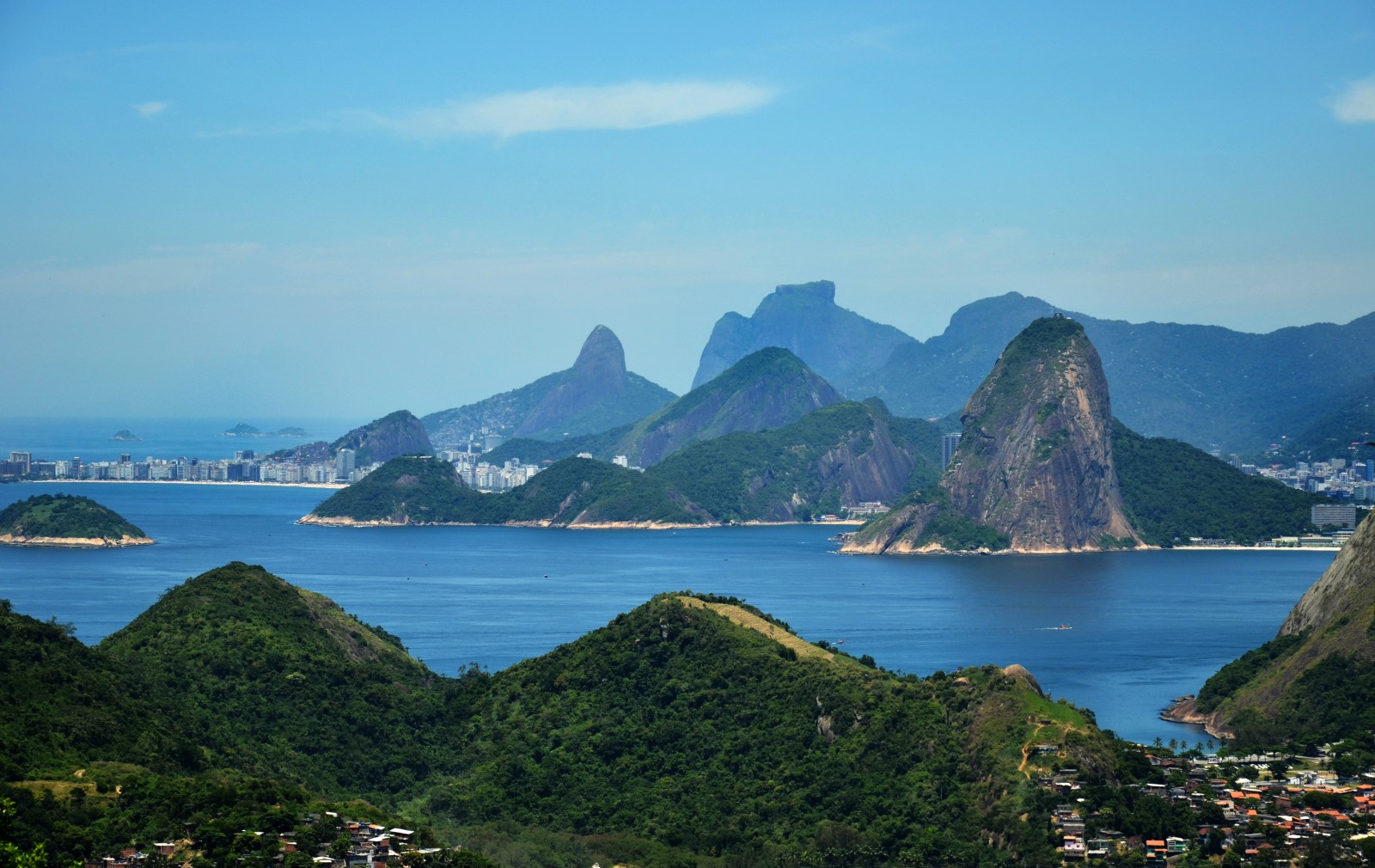
Athletes competing in the open water events at the Olympics expressed frustration about the the fixation on water quality in Guanabara Bay. Photo courtesy Rodrigo Soldon via Flickr Creative Commons
The culprit behind both the viral and bacterial contamination is the grossly inadequate collection and treatment of Rio’s wastewater. In 2009, the city pledged to treat 80 percent of the sewage entering iconic Guanabara Bay as part of its winning bid to host the 2016 Olympics, an ambitious goal considering that only 11 percent was treated at the time. While city officials say Rio now manages to treat about 50 percent of its sewage, some experts suspect the real number is even lower, between 20 and 30 percent. Moreover, the Rio water and sewage utility is under investigation for fraud, and corruption at the agency responsible for managing the cleanup of Guanabara Bay may have been linked to the murder of a former employee, according to a Bloomberg report published in July.
Resolving the pollution problem, however, will also require tackling pervasive poverty and a lack of public infrastructure in Rio’s favelas, The New York Times reported in July. Of the 9 million people who live in the Guanabara Bay watershed, only half have sewage connections.
At The Olympics
Despite all of the hype before the games, water quality issues appeared to fade into the background when the Olympics kicked off on August 5.That is, until the water in the two pools used for diving, water polo, and synchronized swimming turned green the following Tuesday. Four days later, organizers said the change in color was the result of the addition of too much hydrogen peroxide, which mixed with chlorine and allowed algae to bloom. The water in the synchronized swimming pool was drained and replaced on Saturday, while filters were changed in the dive pool, The Washington Post reported.
In the open water events, Olympic athletes expressed frustration to Reuters about the fixation on water quality.
“I’ve sailed in worse conditions and think the water pollution situation is exaggerated. This is my fifth time back to Rio, and I’ve never gotten sick and never got any infection,” said Andrew Lewis, a sailor representing Trinidad and Tobago. “It’s time for all this complaining to stop.”
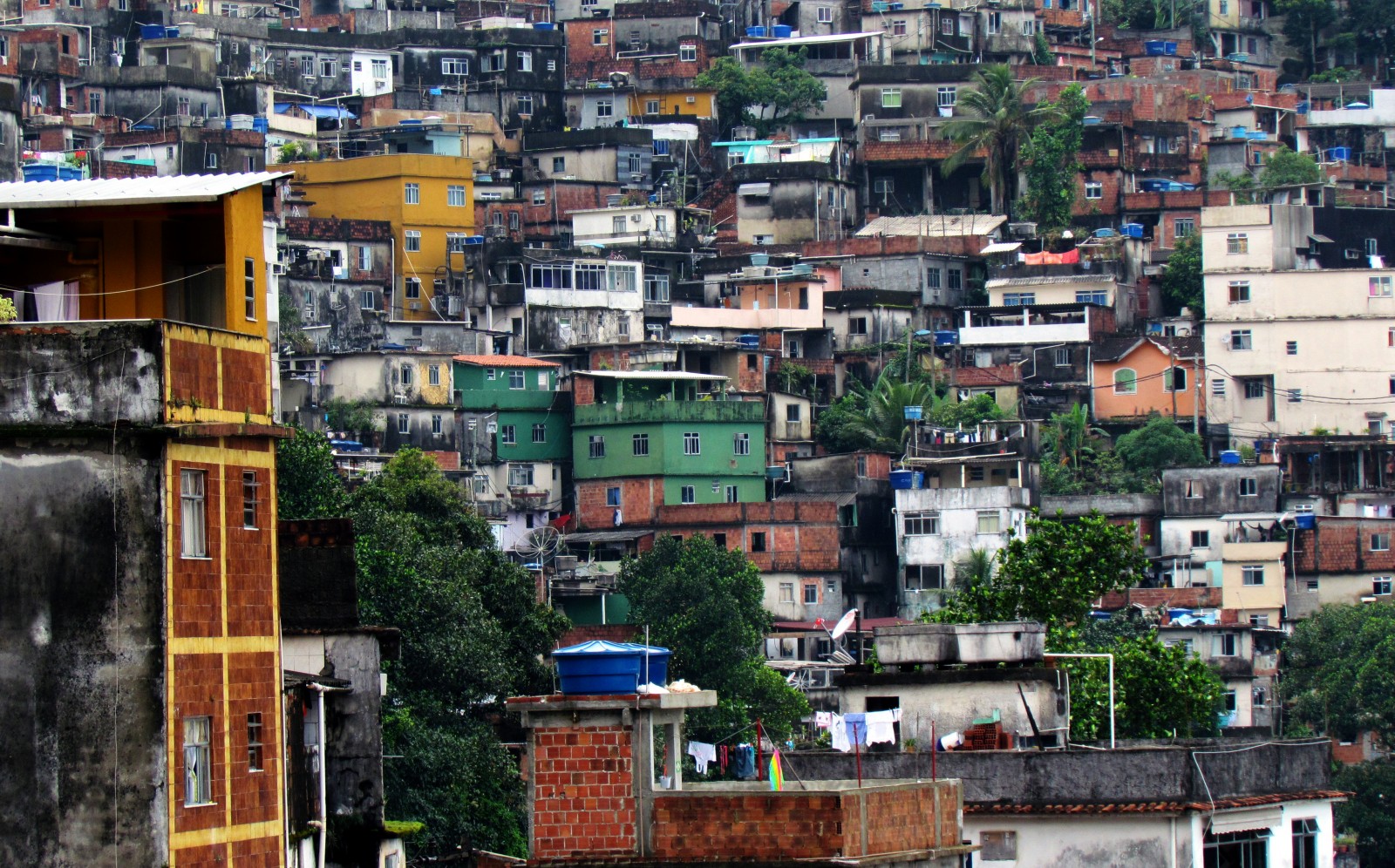
Rio de Janeiro’s sprawling favelas often lack access to adequate water and sewage services, compounding pollution problems in Guanabara Bay. Photo courtesy David Berkowitz via Flickr Creative Commons
Competitors in the marathon swim race also emphasized that water quality was more than acceptable, The Wall Street Journal reported.
Nonetheless, concern persisted in some quarters. On August 11, officials with the Belgian Olympic team told Reuters that sailor Evi Van Acker had likely been sickened by water contamination in Guanabara Bay while training in July. Her coach said Van Acker was still weakened by the illness. And Ricardo Santos, a sailboarder from Brazil, said clear water conditions during the recent competitions in Guanabara Bay did not signal an end to the water pollution problem.
“I give the organizers a perfect 10, even the garbage co-operated. Very little was done in relation to the cleaning up of Guanabara Bay. These clean waters we’ve seen in recent days aren’t real. Unfortunately, in a week it will all be polluted again,” he told Reuters.
Rio, Brazil, And Beyond
The challenges in Rio have also sparked dialogue about how to tackle pollution in other cities around the world contending with the effects of rapid urbanization. One key to addressing the problem is changing the way water quality is tested, according to researchers at Michigan State University. Writing in The Conversation, water scientist Joan Rose argued that current tests for E. coli bacteria do not adequately assess sewage treatment, leaving many viruses undetected. Testing for other microbes could allow managers to better track where pollution is coming from, and fix it.
Of course, in a country home to the world’s largest reserves of fresh water, there’s a lot going on in addition to Rio’s struggle with sewage.
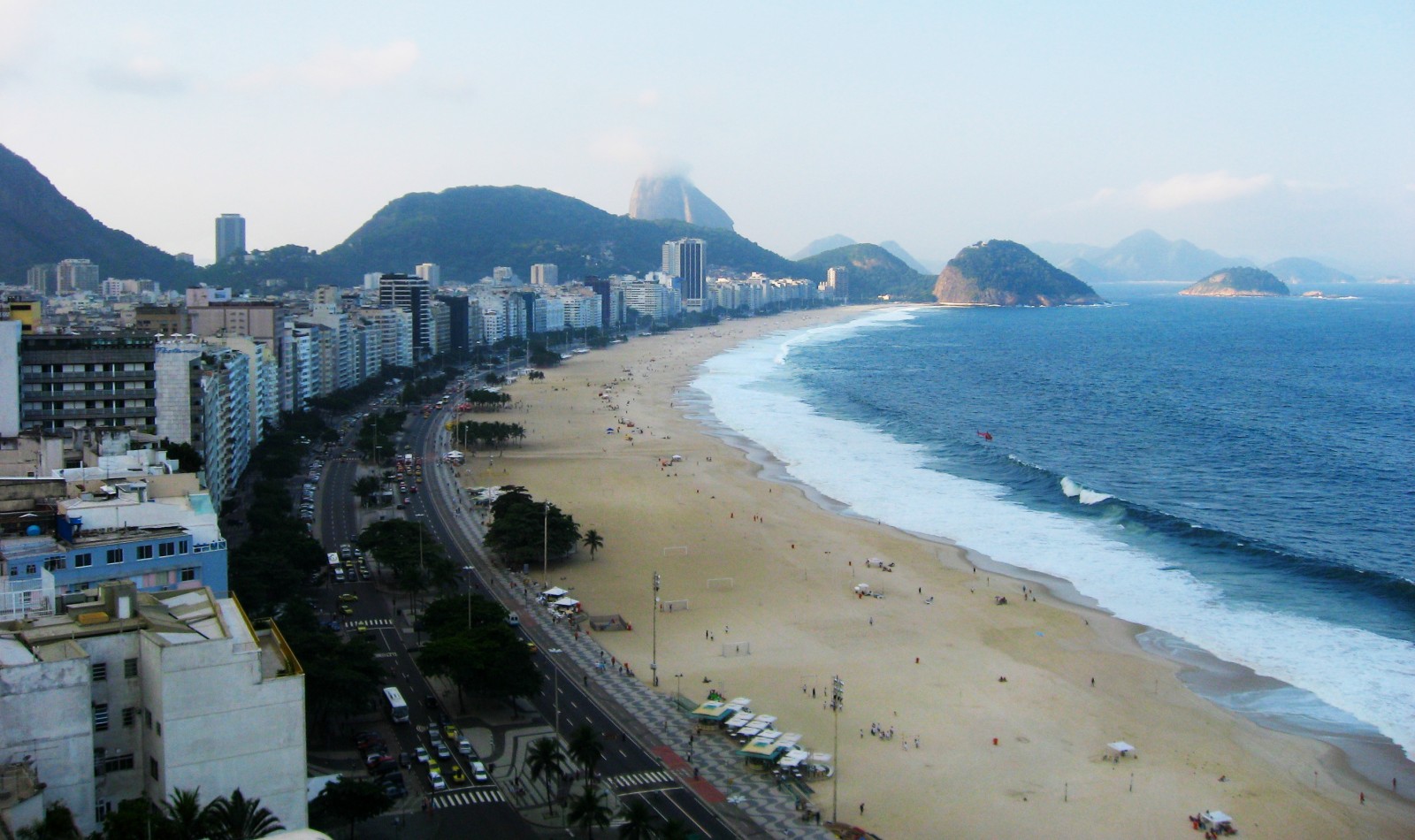
Water quality challenges in Rio have also sparked dialogue about how to tackle pollution in other cities around the world contending with the effects of rapid urbanization. Photo courtesy José Murilo via Flickr Creative Commons
Sao Paulo, Brazil’s largest city, made headlines last year when it was struck by a crippling drought. Conditions have improved significantly this year, and imminent water shortages no longer loom over the city’s 20 million residents, but reservoirs are yet to fully recover. July was the driest month in five years in the watershed that feeds the Cantareira system, Sao Paulo’s primary water supply, and water levels there remain below their long-term average for this time of year. At the same time, experts worry that water managers and city officials missed key lessons from the drought, such as the need for more water recycling, infrastructure improvements, and continued conservation initiatives, Folha de Sao Paulo reported last week.
While drought is relatively uncommon in Sao Paulo, it is a chronic problem in northeastern Brazil. A massive project to transfer water from the Sao Francisco River to four states in the region is well behind schedule and billions of dollars over budget. An initiative launched this month by Brazil’s federal government added another layer to the plan, introducing a new program to revitalize the river basin by 2019, according to O Globo.
A report released by the World Bank this month also highlighted water supply issues in Brazil. The dependence of Brazil’s agriculture and energy sectors on abundant water supplies means that droughts and pollution can curtail economic performance, it said.
Hydropower, in particular, is both a boon and a weakness for South America’s largest economy, which relies on dams for nearly two-thirds of its electricity. In addition to drought, public opposition is a significant threat to major hydroelectric projects planned for the Amazon. The day before the Olympic opening ceremony, Brazil’s environment agency revoked permits for the controversial, 8,000-megawatt São Luiz do Tapajós dam project, the Guardian reported.
A news correspondent for Circle of Blue based out of Hawaii. She writes The Stream, Circle of Blue’s daily digest of international water news trends. Her interests include food security, ecology and the Great Lakes.
Contact Codi Kozacek

